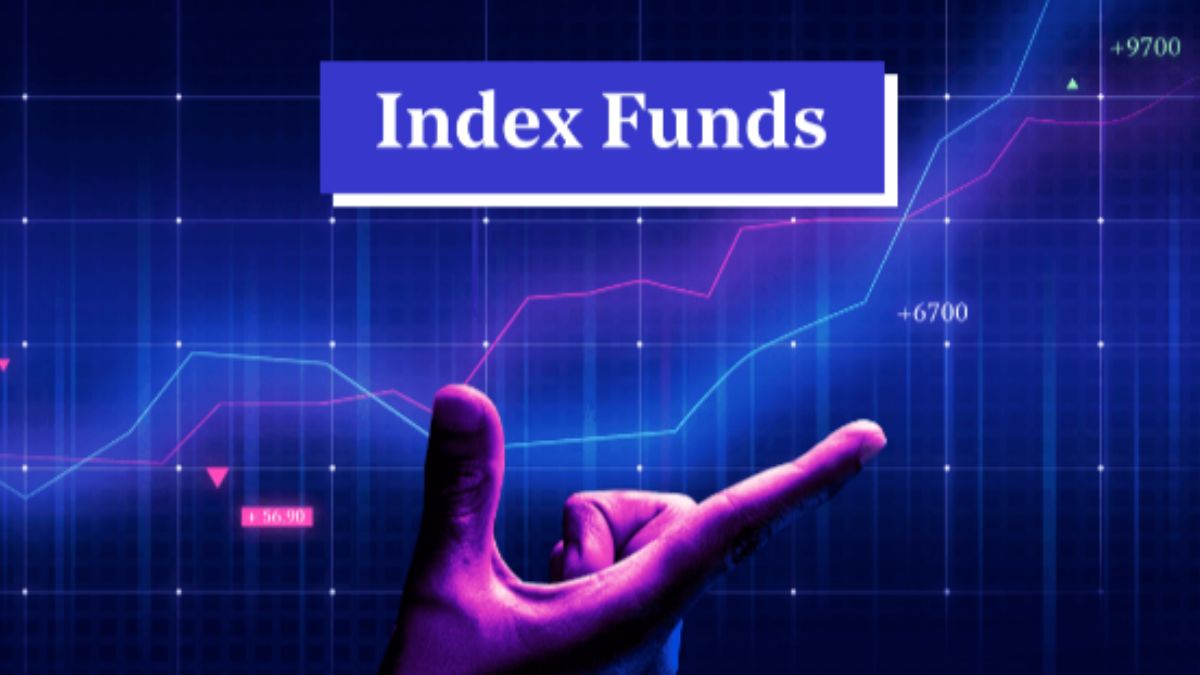Turning passive investing broadly into index funds has been trending since indexation, providing investors exposure to broader market indices. Among the highly cited indices in the Indian stock market are the Nifty 50 and Sensex, both of which are benchmarks that reflect the performance of specific segments of the market. Investors often look at these indices to make informed decisions regarding index funds that are tracking these indices.
An Outline of Nifty 50 and Sensex
The Nifty 50 is an index that represents 50 large and liquid companies listed on the National Stock Exchange (NSE). Various sectors of the economy are represented, and it provides the general idea of market performance. The free-float market capitalization method is employed for weighting each of the index’s constituents. The Sensex, also known as the S&P BSE Sensex, is composed of 30 well-established and financially sound companies listed on the Bombay Stock Exchange (BSE). Similar to the Nifty 50, it uses the free-float market capitalization methodology and represents companies of all different sectors so as to reflect the movement of the Indian equity market.
Main Differences Between Nifty 50 and Sensex
The two indices share a common goal of representing the Indian equity market. Structurally, however, the two indices differ. The Nifty 50 gives a wider basket of stocks with 50, compared to the 30 in the Sensex. This may affect how these induced funds would behave in matters of volatility and sector exposures.
Performance of Index Funds
Index funds that track the Nifty 50 or Sensex are supposed to mimic the performance of that index. Since both indices comprise large-cap companies and are weighted by free-float market capitalization, over the
long run, the trend of both indices is expected to be approximately the same. Their short- to medium term performance is, however, likely to vary due to differing constituents and sector allocations.
Sectoral Representation
Considerably similar in terms of their sectoral representation, the Nifty 50 and Sensex commonly comprise companies in the sectors of financial services, IT, energy, consumer goods, and healthcare. As far as the multiple inferior proportions of weight allocated to various sectors are concerned, the two may differ about this.
Liquidity and Tracking Error
Index funds based on Nifty 50 and Sensex will usually have relatively fewer tracking errors. This could also depend on the fund’s expense ratio, cash drag, and rebalance frequency, among others. Generally, liquidity is high for both indices’ constituent stocks, facilitating replication by fund managers.
Volatility and Risk Profile
Both Nifty 50 and Sensex index funds are highly similar when it comes to volatility. Thus, minor grouping requires the Nifty 50 to have about six or seven constituents. Therefore, a wider diversification leads to a slightly lower volatility in some market conditions.
Risk-return profile
Investors who seek to be exposed to an index fund may review the risk-return profile of their index. Just like past performances of the market cannot be indicators of future returns, the same goes for accounting: how each index behaves according to a cycle in the market; this usually helps them in predicting what may come.
Cost Considerations
Index funds have a structure that makes them quite inexpensive when compared with actively managed ones. The expense ratios for the Nifty 50 Index and the Sensex directly compete with each other. While some funds may have little variation in terms of their internal charges related to the expense ratio, these differences are irrelevant at the early stages. However, lower expense ratios later build into good returns over time, especially for long-term goals.
Accessibility to Investment Modes
Both index funds are available through mutual fund platforms, online brokers, and investment apps. In direct and regular plans, direct plans usually have lower expense ratios. Investors might keep systematic
investment plans (SIPs) or lump-sum investment packages.
Conclusion
Indexes can be compared on a broader basis as individual index funds, Nifty and Sensex, are judged based on many criteria such as index composition and diversification, sectoral representation, historical performance, tracking error, and cost structure. The Nifty and Sensex indices provide exposure to significant parts of the Indian equity market. They have been endorsed as benchmarks for passive investment strategies. Individual preferences may differ according to personal financial goals, risk appetite, and market outlook.












